Disclaimer: This blog post contains affiliate links. If you make a purchase through these links, I may earn a small commission at no additional cost to you. Learn More. Thank you for supporting our garden community.
6 Essential Spring Garden Tasks
As the days grow longer and the weather warms up, it’s time to start thinking about your spring garden tasks. Whether you’re an experienced gardener or just starting out, spring is the perfect time to get your hands dirty and breathe new life into your outdoor space. In this comprehensive guide, we’ll walk you through all the essentialspring garden tasks to ensure your garden is thriving throughout the season.
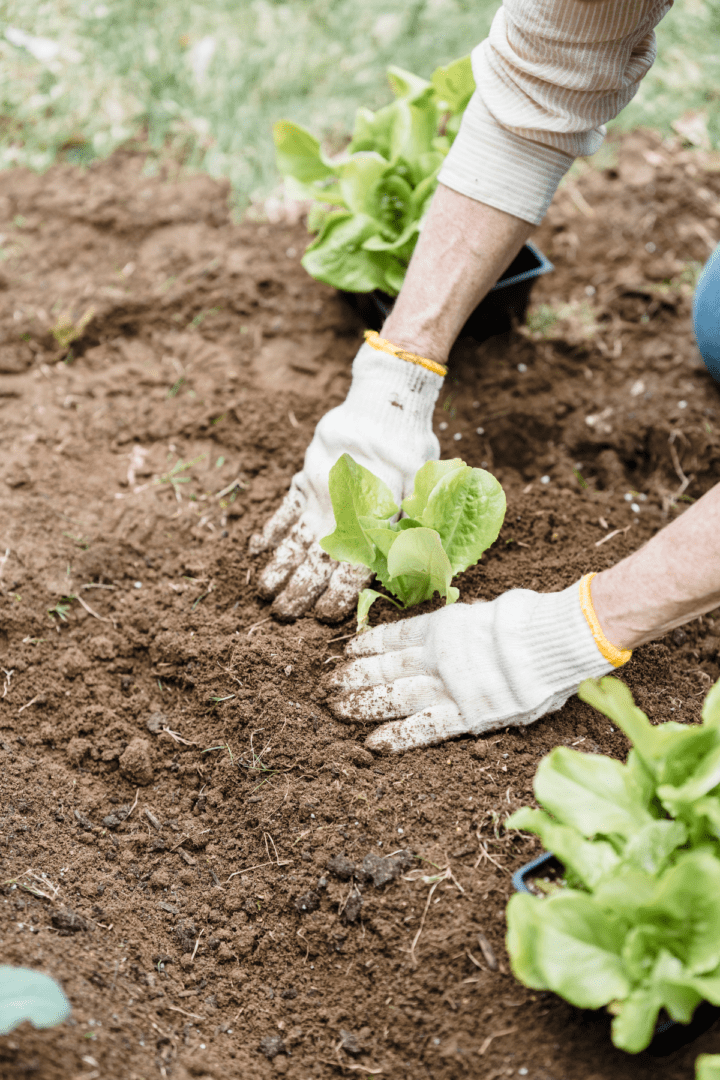
Spring is the time to get your garden going. There are many tasks to start this spring and it’s time to get to them!
6 Essential Spring Garden Tasks
You will learn about the essential spring garden tasks necessary to prepare your garden for the season, including cleaning, soil preparation, and pruning. We will also discover what and when to plant in the spring, with a focus on cool-season vegetables and early-blooming perennials.
Additionally, this post covers the importance of mulching and weeding to maintain a healthy garden bed and prevent weed growth. Lastly, you will gain insights into ongoing maintenance and care, such as watering, monitoring for pests and diseases, and promptly addressing any issues that may arise.
Cleaning and Preparing Your Garden
The first step in preparing your garden for spring is to clean up any debris that has accumulated over the winter months. Remove dead leaves, branches, and weeds to give your plants a fresh start. You don’t have to go too crazy here; leaving some organic matter will increase soil fertility over time.
Soil Preparation
Before you start planting, it’s essential to prepare your soil. Add organic matter, such as compost or manure, and mix it in well. This will help improve soil structure, drainage, and nutrient content, providing a healthy environment for your plants to grow.
You can also get a soil test done for your garden. Soil tests can be used to test anything from pH level to specific micronutrients. If you are growing in a new plot, I recommend getting a laboratory soil test done.
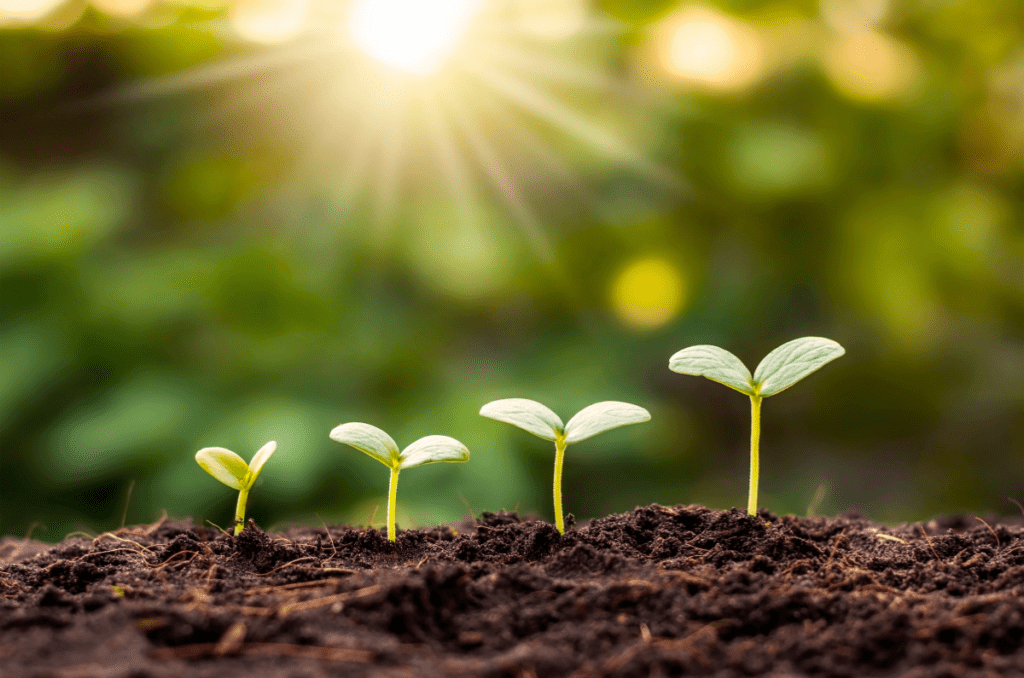
Planting
Spring is a great time to start planting a variety of vegetables, flowers, and herbs. Consider planting cool-season vegetables like lettuce, kale, peas, and radishes. For flowers, choose from early-blooming perennials such as daffodils, tulips, and hyacinths to add color to your garden.
If you want to buy vegetable seeds for your spring garden, check out SeedsNow for their wide selection of organic, non-GMO, guaranteed-to-grow seeds.
Pruning and Trimming
Inspect your shrubs, trees, and bushes for any dead or diseased branches that need to be pruned. Trimming back overgrown plants will not only help them look neater but also promote healthy growth throughout the season.
If you want to buy trees, shrubs, and other perennial plants for your garden, check out Nature Hills Nursery.
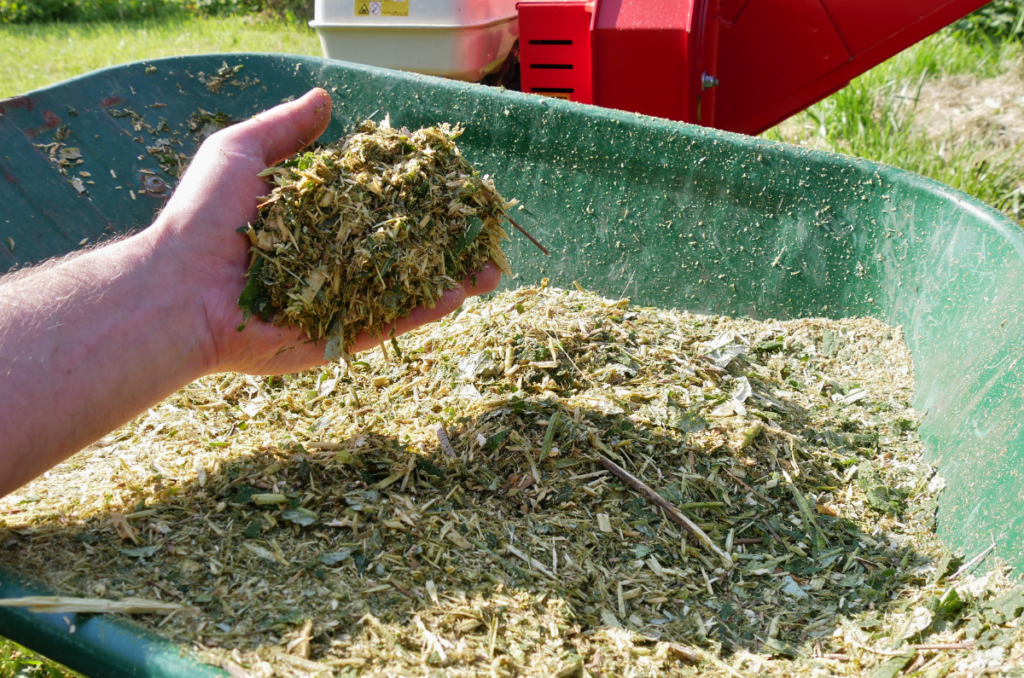
Mulching and Weeding
Add a layer of mulch around your plants to help retain moisture, suppress weeds, and regulate soil temperature. Regular weeding is essential to prevent weed competition with your plants and maintain a tidy garden bed.
Maintenance and Care
Regular maintenance is key to a successful garden. Water your plants as needed, keeping an eye on rainfall and soil moisture levels. Monitor for pests and diseases, and address any issues promptly to prevent them from spreading.
Frequently Asked Questions
Spring cleaning! Clear away any leftover debris from winter like dead leaves, branches or fallen annuals. This will help prevent the spread of diseases and pests.
You can plant cool-season vegetables like peas, lettuce, and spinach as soon as the soil can be worked. Wait to plant warm-season vegetables like tomatoes and peppers until there is no danger of frost.
In early spring, cut back the dead stems of perennials from last year. You can also divide overgrown perennials to create new plants.
A great way to improve your soil is to add compost. Compost adds nutrients and helps the soil retain moisture.
You can fertilize your garden in early spring before new growth appears. Be sure to follow the instructions on the fertilizer package.
Even More Gardening Ideas
Here are a few more posts to get the ball rolling in your garden!
Products
For all-purpose organic fertilizers, check out Arber.
To buy organic, non-GMO garden seeds, check out SeedsNow.
For a wide selection of garden plants, check out Nature Hills Nursery.
For gardening equipment, check out Bootstrap Farmer.
Conclusion
By following these spring garden tasks, you can set your garden up for success and enjoy a bountiful and beautiful outdoor space throughout the season. Take the time to prepare your garden properly, and you will be rewarded with healthy plants, vibrant blooms, and a peaceful outdoor retreat to relax and enjoy nature.
Happy gardening!
If you want to learn more about gardening, foraging, nature, and sustainability, check out The Real Gardener on Instagram, YouTube, and Pinterest.
Pin this post for later:
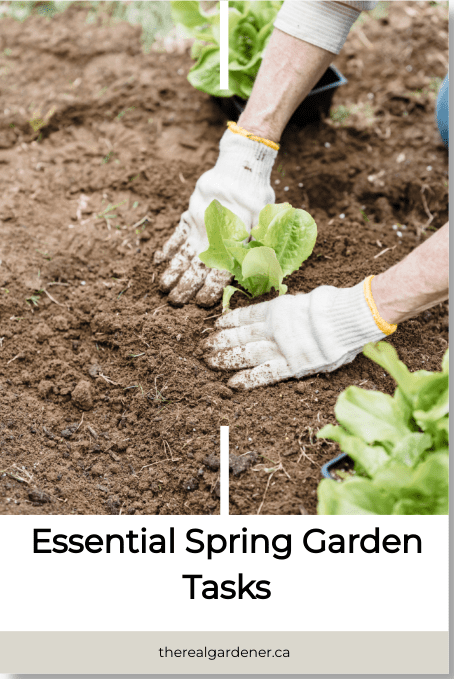
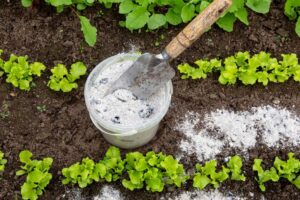
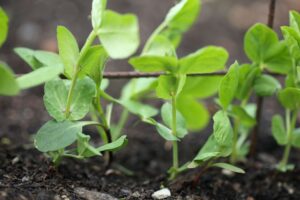
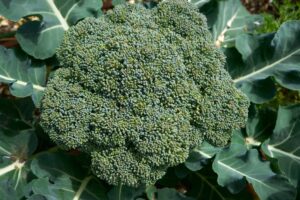
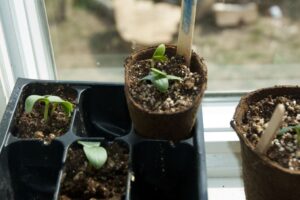
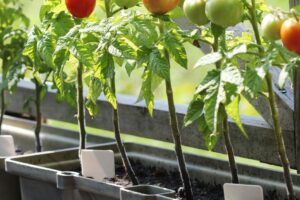
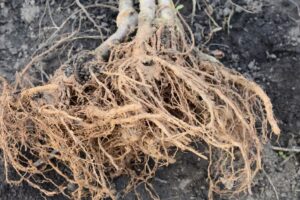
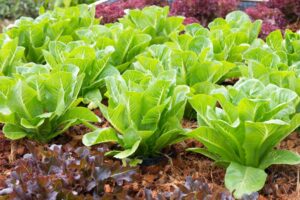
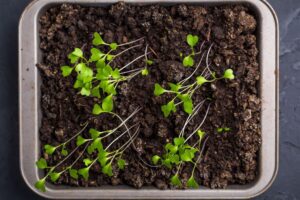
Leave a Reply